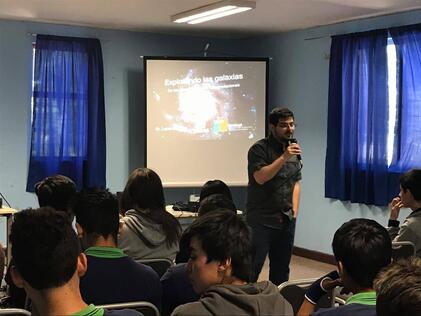[Coloquio IAFE] Morfología visual de galaxias en simulaciones numéricas
Here is a colloquium I gave at IAFE, on the unsupervised optical morphologies of galaxies in the Eagle simulation (spanish only).
Here is a colloquium I gave at IAFE, on the unsupervised optical morphologies of galaxies in the Eagle simulation (spanish only).
We address the “plane of satellites problem” by studying planar configurations around two disk galaxies with no late major mergers, formed in zoom-in hydro-simulations. Due to the current lack of good-quality kinematic data for M31 satellites, we use only positional information. So far, positional analyses of simulations are unable to find planes as thin and populated as the observed ones. We follow a novel systematic and detailed plane searching technique to study the properties and quality of planes of satellites, in both simulations or real data. In particular, (I) we extend the four-galaxy-normal density plot method (Pawlowski et al. 2013) in a way designed to efficiently identify high-quality planes (I.e., thin and populated) without imposing extra constraints on their properties, and (II), we apply it for the first time to simulations. Using zoom-in simulations allows us to mimic Milky Way/M31-like systems regarding the number of satellites involved as well as galactic disk effects. In both simulations, we find satellite planar configurations that are compatible, along given time intervals, with all of the spatial characteristics of observed planes identified using the same methodology. During most of these periods, planes are approximately perpendicular to the galactic disk. However, the fraction of co-orbiting satellites within them is, in general, low, suggesting time-varying satellite membership. We conclude that high-quality positional planes of satellites could be not infrequent in ΛCDM-formed disk galaxies with a quiet assembly history. Detecting kinematically coherent, time-persistent planes demands considering the full six-dimensional phase-space information of satellites.
Very nice visit to the Paranal Observatory and the Very Large Telescope.

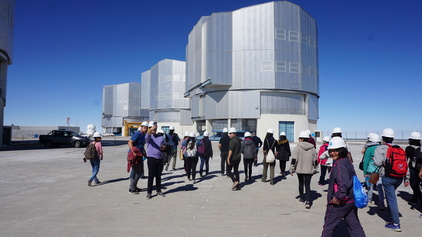
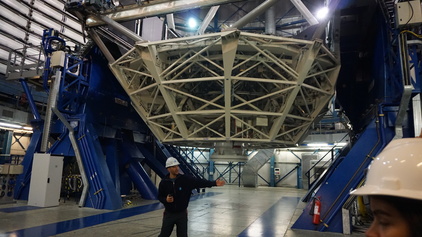
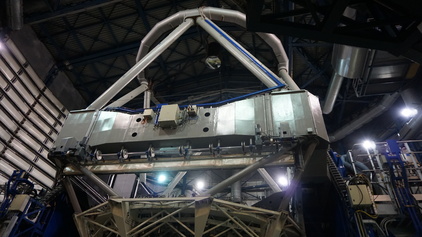
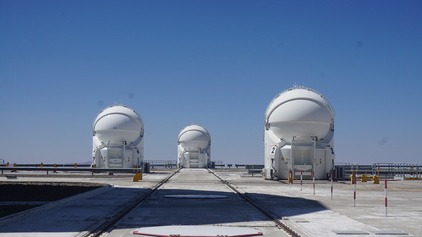
I presented a poster at the 29th annual international Astronomical Data Analysis Software & Systems (ADASS) conference, which was held October 6-10, 2019 at MartiniPlaza, Groningen, The Netherlands.
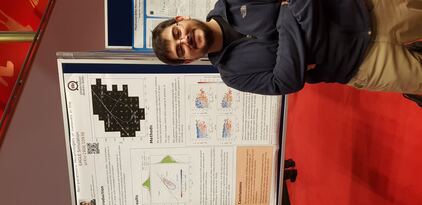
We study the optical morphology of galaxies in a large-scale hydrodynamic cosmological simulation, the EAGLE simulation. Galaxy morphologies were characterized using non-parametric statistics (Gini, M20, Concentration, and Asymmetry) derived from mock images computed using a 3D radiative transfer technique and post-processed to approximate observational surveys. The resulting morphologies were contrasted to observational results from a sample of \(\log_{10}(M_{*}/{M}_\odot)\) > 10 galaxies at z ∼ 0.05 in the GAMA survey. We find that the morphologies of EAGLE galaxies reproduce observations, except for asymmetry values which are larger in the simulated galaxies. Additionally, we study the effect of spatial resolution in the computation of non-parametric morphologies, finding that Gini and Asymmetry values are systematically reduced with decreasing spatial resolution. Gini values for lower mass galaxies are especially affected. Comparing against other large-scale simulations, the non-parametric statistics of EAGLE galaxies largely agree with those found in ILLUSTRIS-TNG. Additionally, EAGLE galaxies mostly reproduce observed trends between morphology and star formation rate and galaxy size. Finally, We also find a significant correlation between optical and kinematic estimators of morphologies, although galaxy classification based on an optical or a kinematic criteria results in different galaxy subsets. The correlation between optical and kinematic morphologies is stronger in central galaxies than in satellites, indicating differences in morphological evolution.
We identify a simulated Milky Way analog in the EAGLE suite of cosmological hydrodynamical simulations. This galaxy not only shares similar global properties as the Milky Way, but was specifically selected because its merger history resembles that currently known for the Milky Way. In particular we find that this Milky Way analog has experienced its last significant merger (with a stellar mass ratio ∼0.2) at z ∼ 1.2. We show that this merger affected both the dynamical properties of the stars present at the time, contributing to the formation of a thick disk, and also leading to a significant increase in the star formation rate of the host. This object is thus particularly suitable for understanding the early evolutionary history of the Milky Way. It is also an ideal candidate for re-simulation with much higher resolution, as this would allow addressing a plethora of interesting questions such as, for example, the specific distribution of dark matter near the Sun.
We received at Andrés Bello University visiting students from the Physical-Mathematical Study Association (“FMF”) based in Groningen, The Netherlands. Every other year they organize a large excursion abroad (“GBE”) for their members to a destination outside of Europe.
As part of their excursion, we gave them a tour of the campus, and a glimpse into our research.
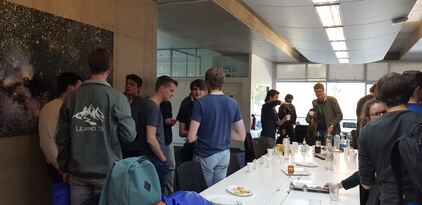
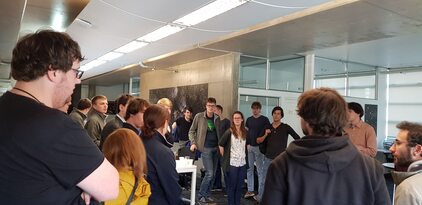
At the Library of the Córdoba Astronomical Observatory we were shown some original photographic plates that José Luis Sérsic used to derive the widely known model of galaxy brightness, the Sersic profile.
People at the Córdoba Astronomical Observatory are working on digitalizing the photographic plates.

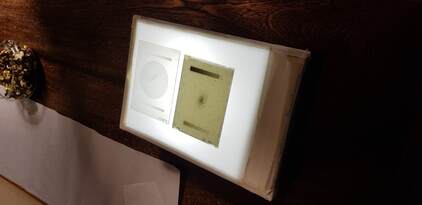
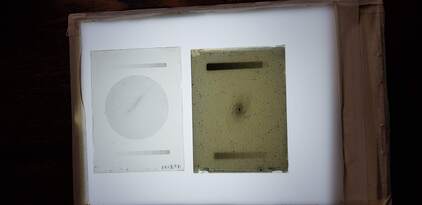
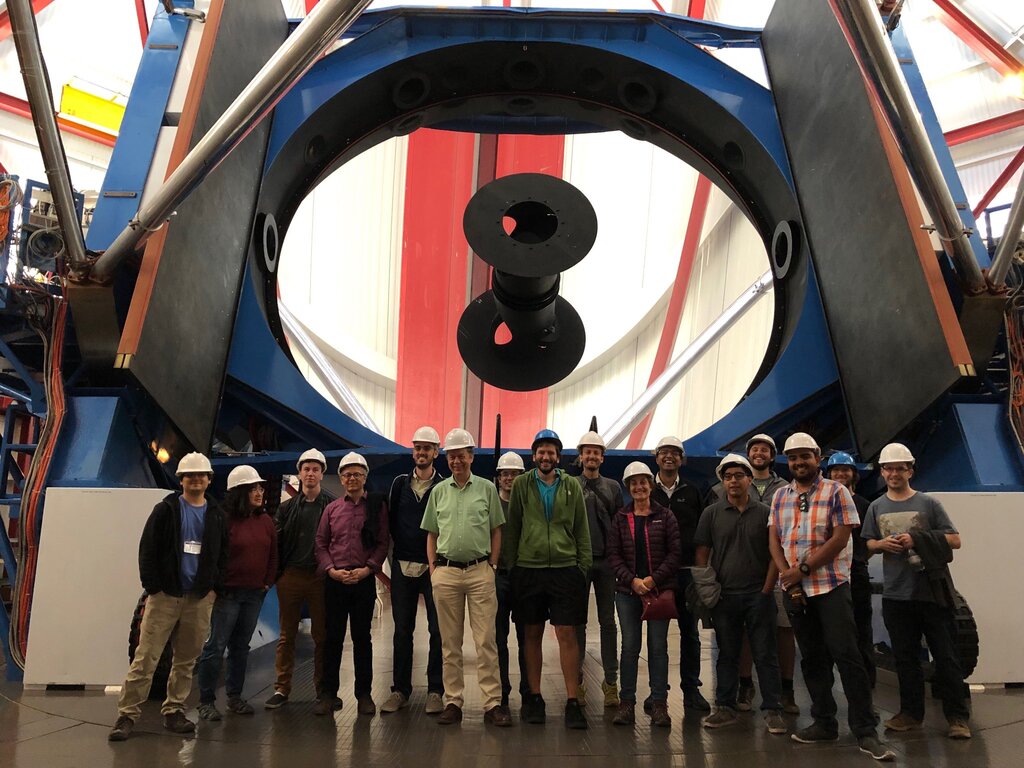
I participated and gave a talk at a workshop organized by the La Serena University and the Max Planck Institute for Astrophysics. The workshop culminated with a nice visit to the Magellan telescopes
I was invited to Rinconada de Silva school, near Santiago de Chile, to speak about galaxies and simulations with students.
